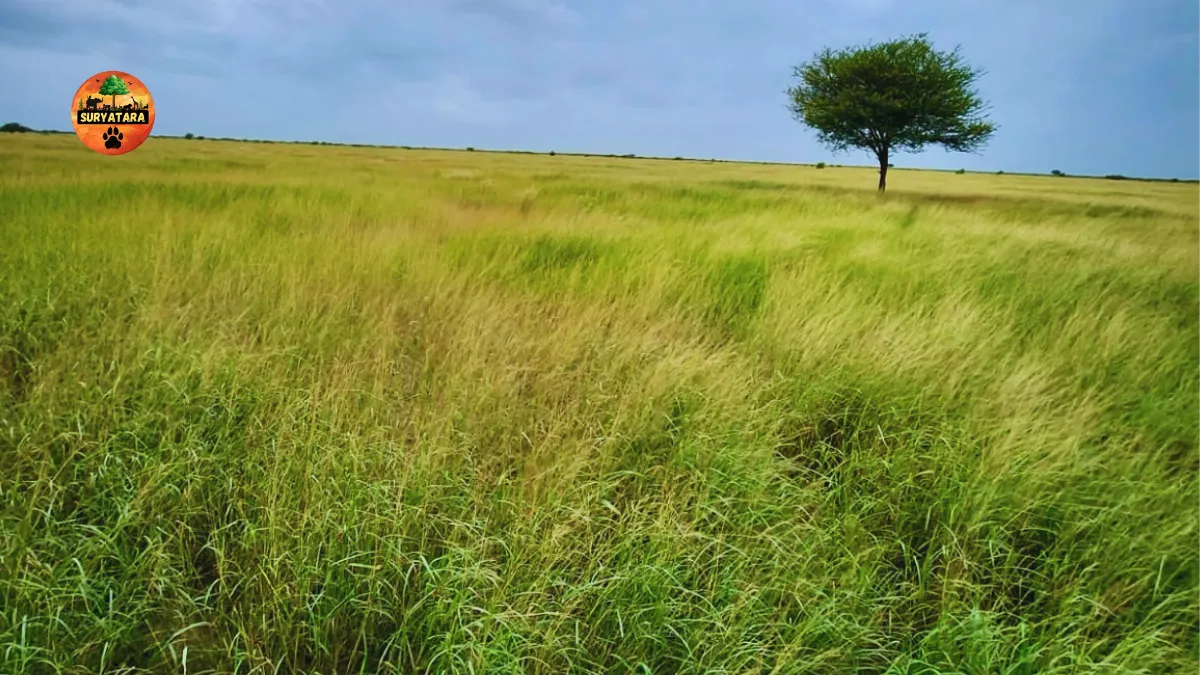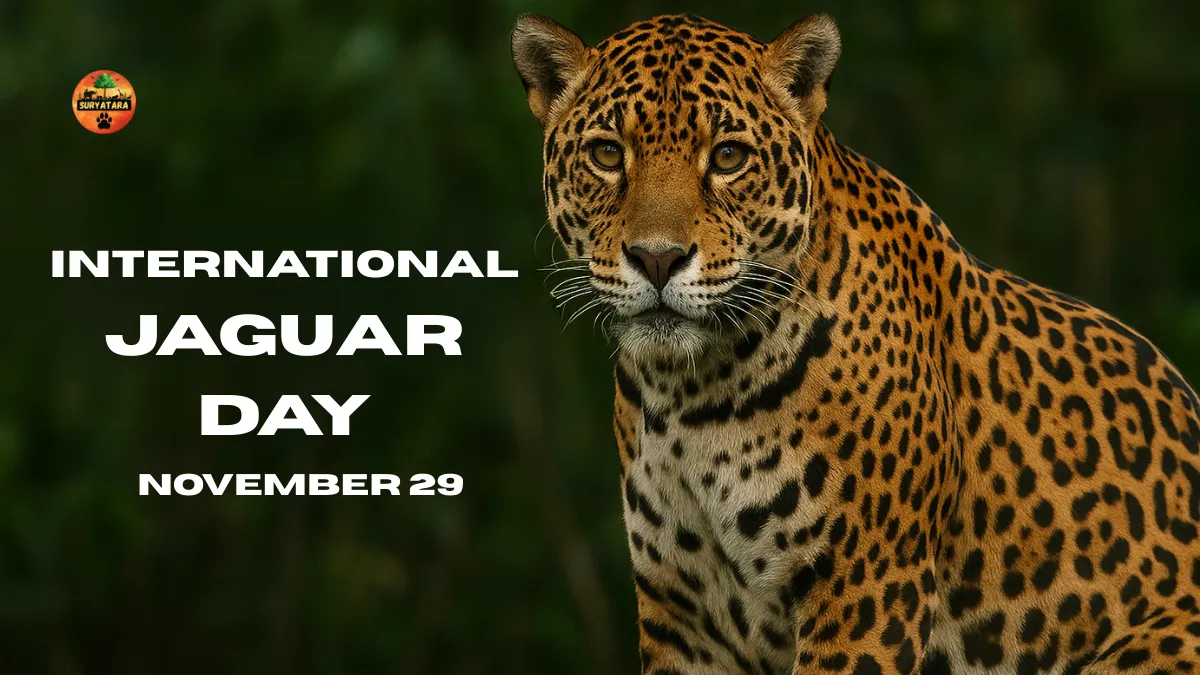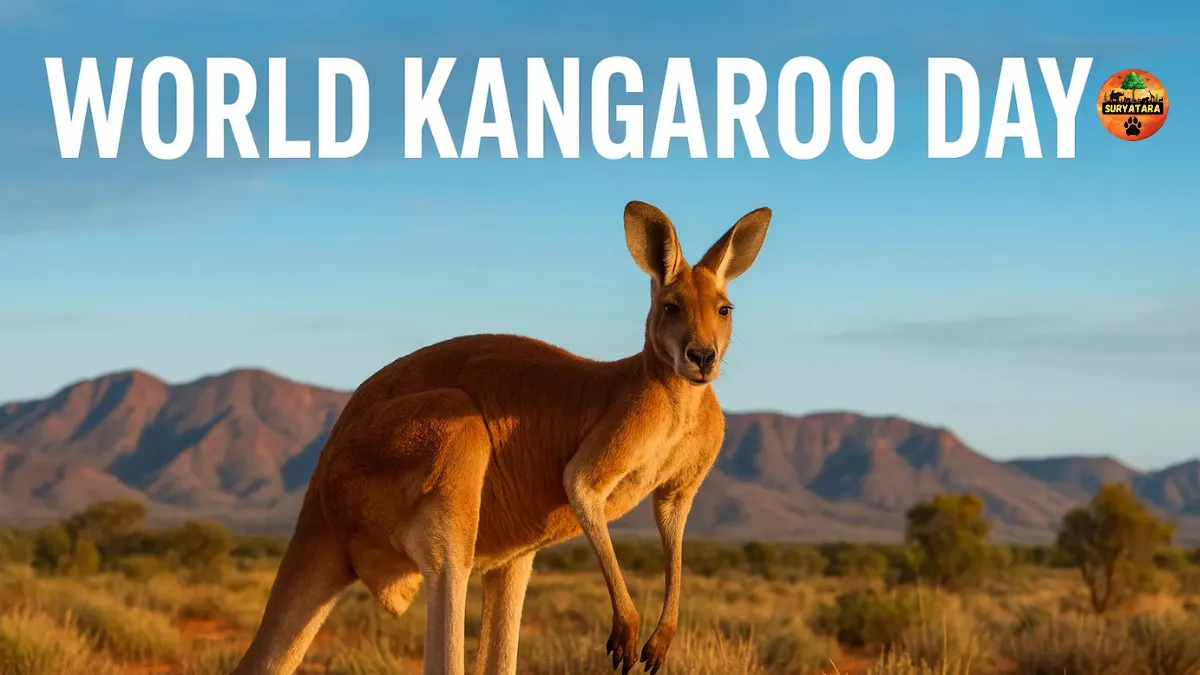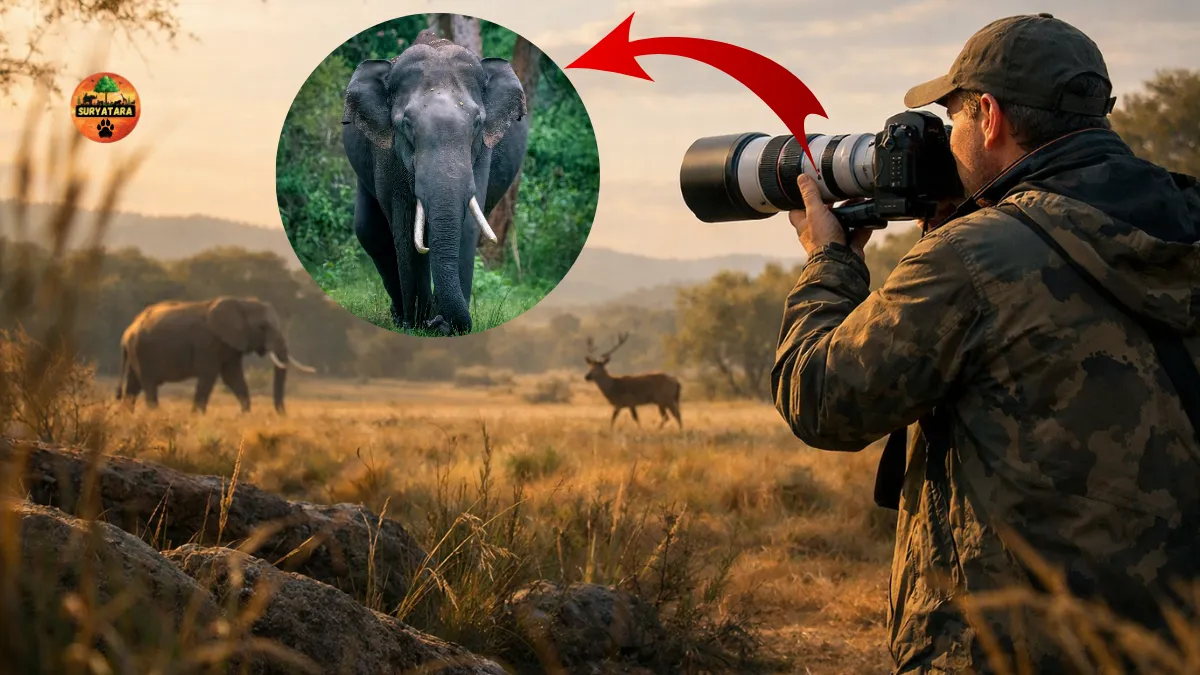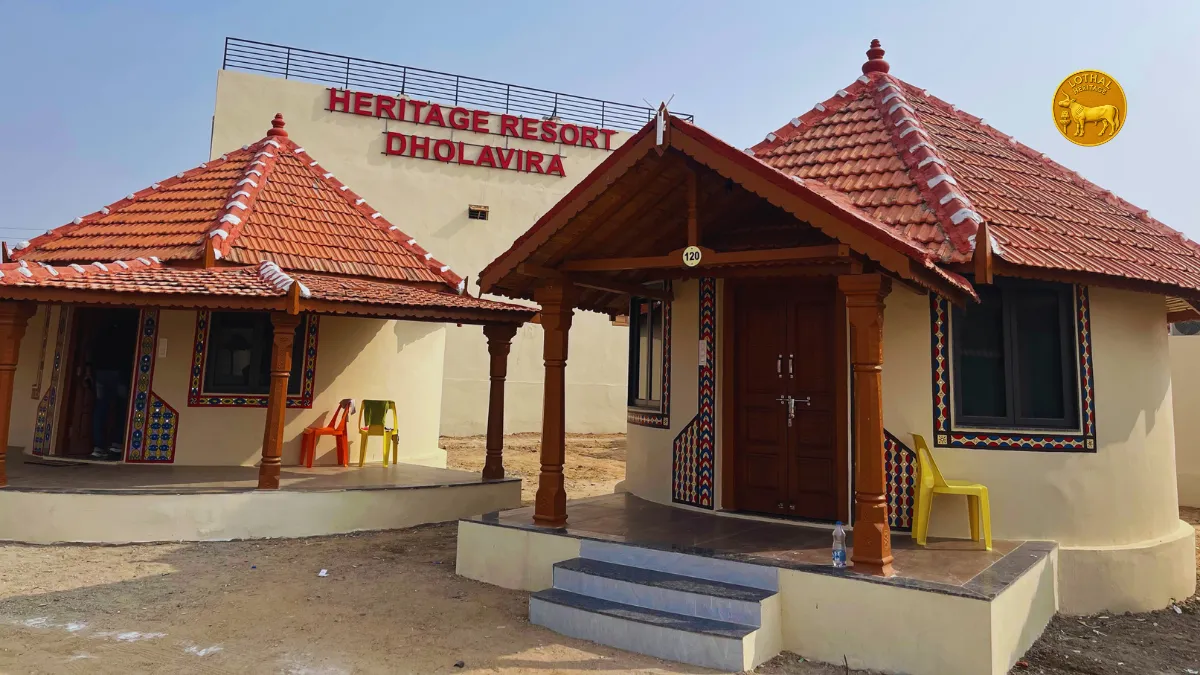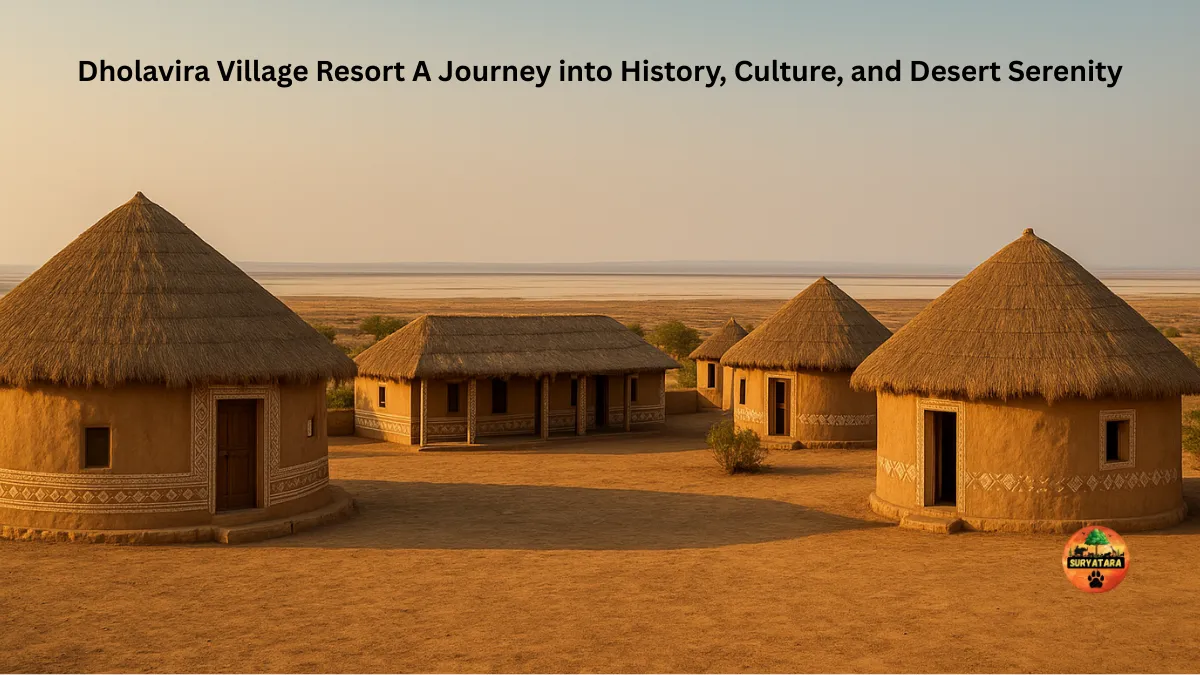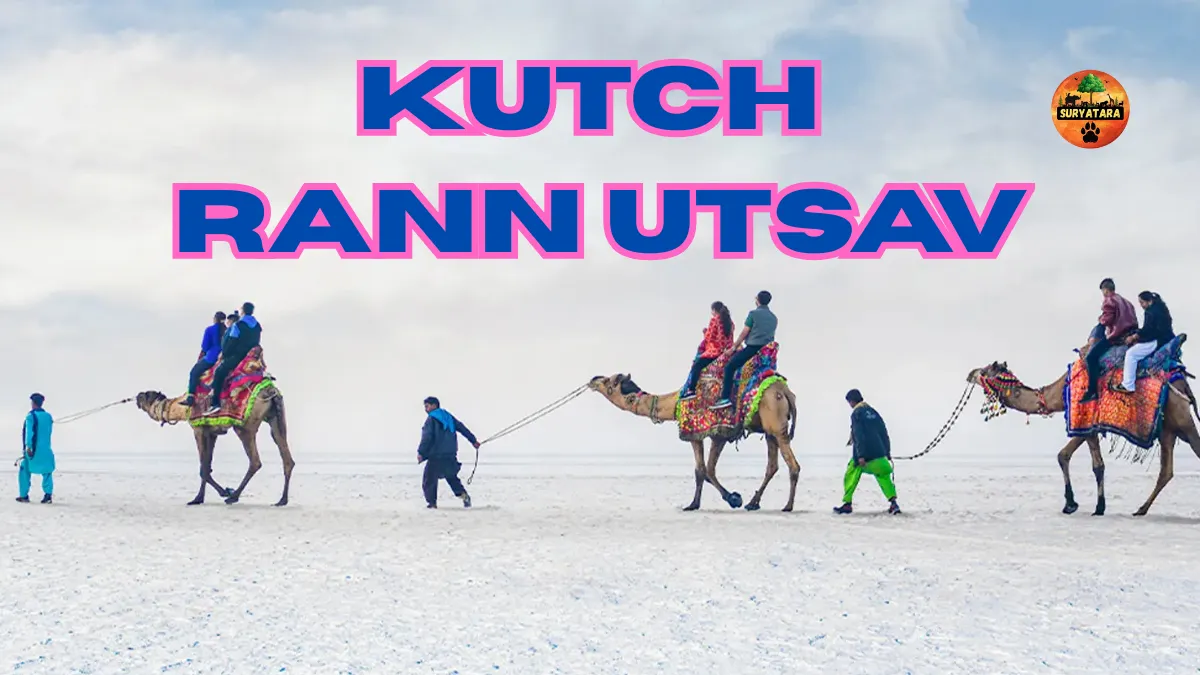Asia’s largest tropical grassland is located in the Kutch district of Gujarat, India. Spread over nearly 2,300 square kilometers, the Banni Grassland is not only Asia’s biggest tropical grassland but also one of the most unique saline grassland–wetland ecosystems in the country. A recent scientific study has revealed the hidden ecological treasure of this region – its extraordinary carbon storage capacity.
Banni Grassland and Its Carbon Reserve
The study estimates that the soil of Banni stores around 27.69 million tonnes of carbon, which is almost half of the total 67 million tonnes of soil organic carbon stock in Gujarat. This discovery highlights the crucial role of Banni in climate change mitigation. Unlike other ecosystems, grasslands like Banni act as a long-term natural carbon sink.
The research further found that the restored community-managed “Wada” areas showed the highest carbon storage potential (143 tonnes per hectare). Wetlands followed closely with 138.59 tonnes per hectare, while saline shrublands came next with 125.75 tonnes per hectare. On the other hand, areas dominated by Prosopis juliflora (locally known as Gando Acacia, an invasive species) recorded the lowest carbon storage capacity.
Why Grasslands Matter More Than Plantations
The findings make one thing clear – restoring and protecting grasslands can be far more effective in fighting climate change than large-scale tree plantations. In arid and saline landscapes like Kutch, grassland restoration strengthens soil health, supports biodiversity, and sustains pastoral communities. Unlike forests, these grasslands are naturally adapted to the region’s water scarcity and salinity.
Grasslands not only serve as carbon sinks but also play a vital role in sustaining wildlife, livestock, and traditional pastoral livelihoods. For centuries, the Maldhari community has lived in harmony with the Banni ecosystem, depending on it for grazing and survival.
Challenges to the Banni Ecosystem
Despite its importance, the Banni Grassland faces multiple threats:
- Increasing salinity – Rising soil salinity due to climate change and water imbalance is reducing grass productivity.
- Spread of Prosopis juliflora – The invasive thorny shrub has taken over large patches of land, reducing biodiversity and lowering carbon storage capacity.
- Climate change – Erratic rainfall and extreme drought conditions continue to stress the grassland ecosystem.
If these challenges are not addressed, the ecological balance of Banni could be permanently damaged.
A Heritage Worth Protecting
The study emphasizes that with proper conservation strategies, Banni can remain India’s ecological jewel. Grassland restoration projects, removal of invasive species, and community-led conservation practices are key to securing its future.
Unlike many other regions where tree plantation drives are prioritized, Kutch shows us that grassland conservation is equally, if not more, important for combating climate change. Protecting Banni ensures not just carbon storage but also the preservation of a living cultural and ecological heritage.
Also read: Which is the Best Affordable Camera for Wildlife Photography? Expert Review
Key Facts about Banni Grassland
| Feature | Details |
|---|---|
| Location | Kutch District, Gujarat, India |
| Area | Approx. 2,300 sq. km |
| Recognition | Asia’s largest tropical grassland |
| Ecosystem Type | Saline grassland–wetland |
| Carbon Stock | ~27.69 million tonnes |
| Highest Carbon Storage | Restored “Wada” areas (143 t/ha) |
| Major Threats | Salinity, climate change, Prosopis invasion |
Also read: Best Camera Lenses for Wildlife Photography-A Complete Guide for 2025
Conclusion: Banni Grassland of Kutch
The Banni Grassland of Kutch, known as Asia’s largest tropical grassland, is more than just a vast landscape – it is a lifeline for Gujarat’s ecology and people. Its ability to store carbon at such a massive scale proves that grasslands deserve the same attention as forests in climate policies.
By conserving Banni, India not only safeguards an ecological treasure but also strengthens its fight against global warming. The future of this unique saline grassland depends on timely action – removal of invasive species, community-driven restoration, and climate-smart conservation efforts. If preserved with care, Banni will continue to remain a shining symbol of India’s natural heritage.
